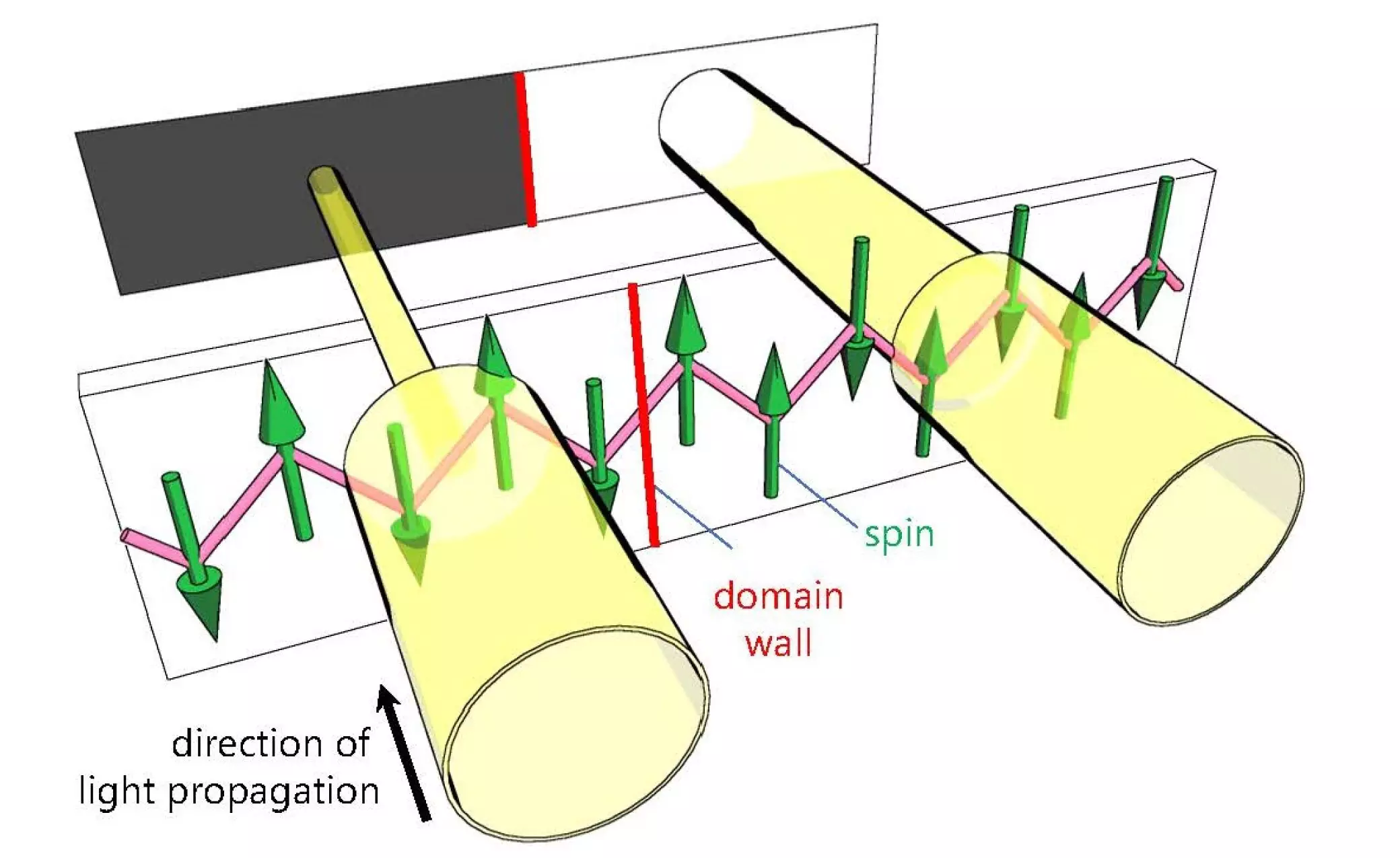In a world where technology seamlessly intertwines with physics, the exploration of magnetic materials presents intriguing possibilities for innovation. Recent studies by researchers from Osaka Metropolitan University and the University of Tokyo have delved into the secrets of quantum antiferromagnets and their magnetic domains, expanding our understanding of these unique materials. Antiferromagnets, which defy traditional magnetic behavior, have garnered attention for their potential in next-generation electronics. Through a breakthrough in visualization and manipulation techniques, scientists have begun to unlock the profound complexities inherent to these materials, providing a roadmap for future technological advancements.
The Nature of Antiferromagnets
Antiferromagnets are distinguished by their unusual magnetic properties, where opposing spins create a balance that results in no net magnetic field. This characteristic sets them apart from ferromagnets, which display clear magnetic polarities. As the scientific community seeks out innovative materials for various applications, antiferromagnets have surged to the forefront due to their robust properties, particularly in situations where magnetic interference needs to be minimized. The study of these materials has been impeded by challenges in observation, but recent advancements suggest that we may be on the cusp of overcoming these obstacles.
Addressing Observation Challenges
Traditionally, observing magnetic domains—small regions where atomic spins align in a consistent direction—has been a formidable task. Kenta Kimura, an associate professor and lead author of the study, points out the inherent difficulties presented by materials like BaCu2Si2O7, a quasi-one-dimensional quantum antiferromagnet. The low transition temperatures and diminutive magnetic moments of these materials have impeded conventional observational techniques. However, necessity has spurred ingenuity, leading the research team to leverage nonreciprocal directional dichroism, an optical phenomenon that allows them to visualize magnetic domains using just optical microscopy.
The groundbreaking approach employed by the researchers enabled the successful visualization of magnetic domains within BaCu2Si2O7, revealing an unexpected coexistence of opposite domains within the same crystal structure. This finding sheds light on the complex interrelationships among magnetic domains and their respective boundaries, known as domain walls. By recognizing that these walls preferentially align along specific atomic chains, the researchers have substantially advanced our comprehension of how these magnetic regions interact within a single material.
Kimura’s enthusiasm is palpable as he reflects on the implications of this research: “Seeing is believing and understanding starts with direct observation.” With the capability to visualize magnetic domains through a simple optical tool, the potential for real-time understanding of quantum materials has increased exponentially.
Manipulating Magnetic Domains
In addition to observation, the research team made another significant contribution by demonstrating the capability to manipulate these magnetic domains through the application of an electric field. The principle of magnetoelectric coupling—the interdependence of magnetic and electric properties—plays a pivotal role in this process. Even as researchers shifted these domain walls, they maintained their orientation, indicating a stability that could be harnessed in future applications.
The potential implications of these findings are profound. They could shape the design of new electronic devices that capitalize on the unique properties of antiferromagnets, possibly leading to advances in data storage, processing speeds, and overall computational efficiency. Kimura articulates this ambition, asserting that “applying this observation method to various quasi-one-dimensional quantum antiferromagnets could provide new insights into how quantum fluctuations affect the formation and movement of magnetic domains.”
This pivotal research marks an important step forward in the understanding and application of quantum antiferromagnetic materials. As scientists refine their understanding and develop new methodologies for observation and manipulation, the intersection of physics and technology promises to deliver innovative solutions to modern challenges. The capacity to visualize and modify magnetic domains not only enhances our scientific understanding but also opens pathways to the development of groundbreaking quantum devices and systems.
As the quest for knowledge continues, the contributions of Kimura and his colleagues will undoubtedly resonate within both academic circles and industries focused on harnessing the potential of quantum materials. The journey into the realm of antiferromagnets is just beginning, and the discoveries that lie ahead will no doubt extend far beyond the boundaries of current technological landscape.

